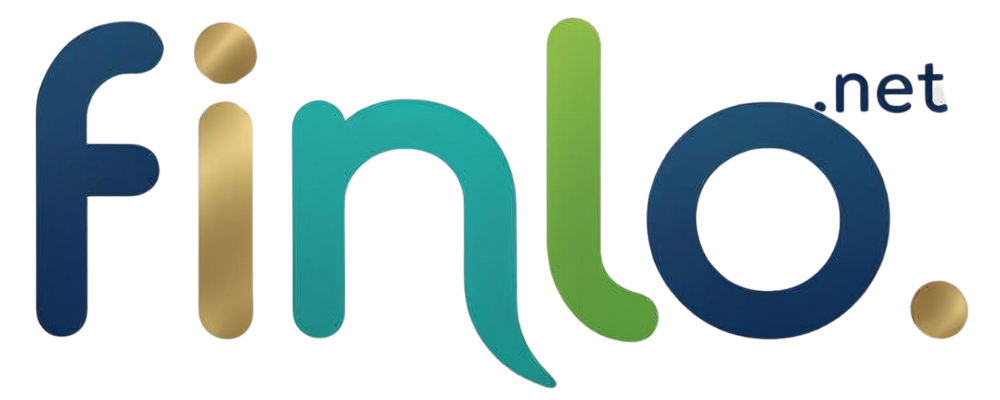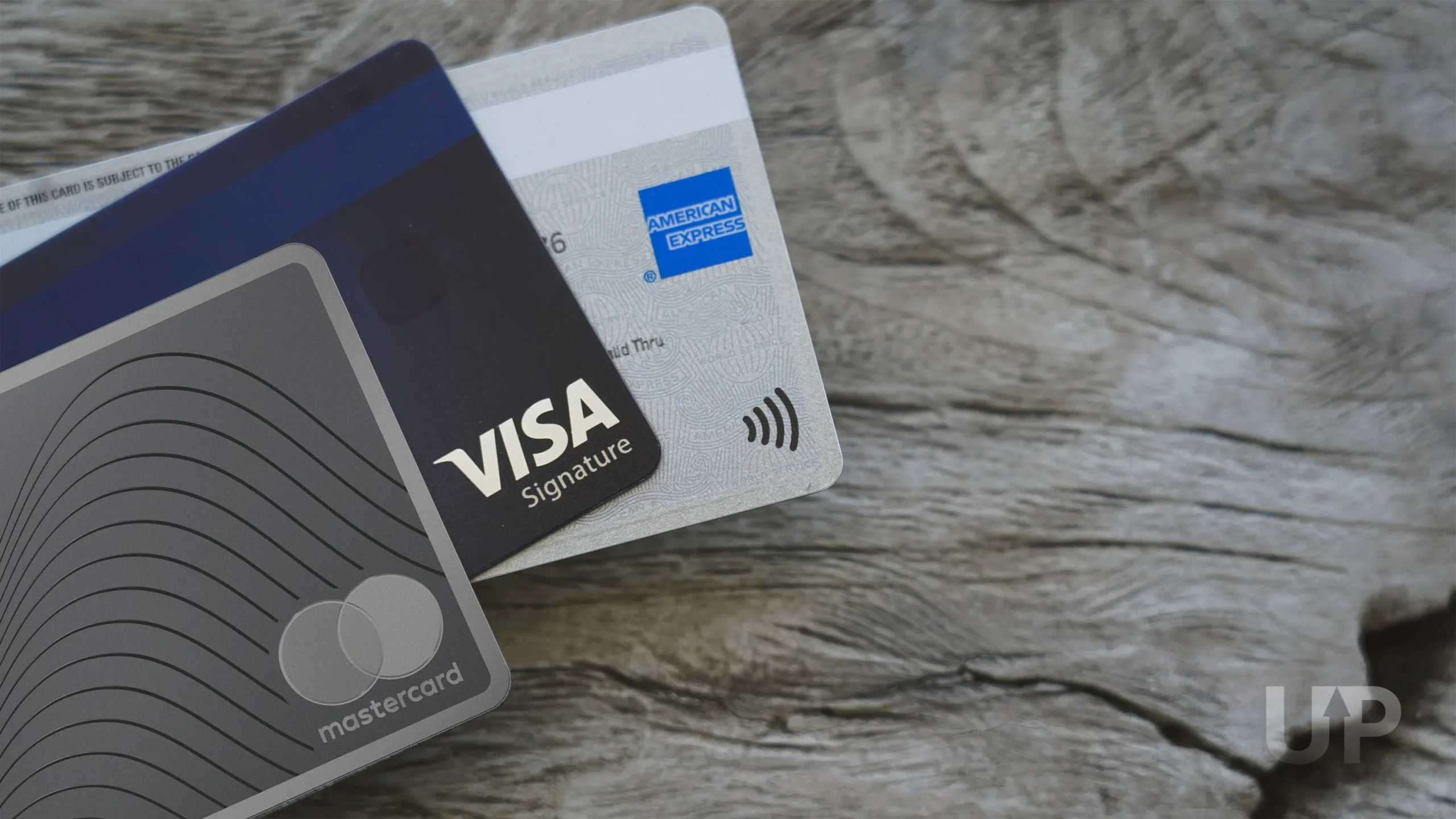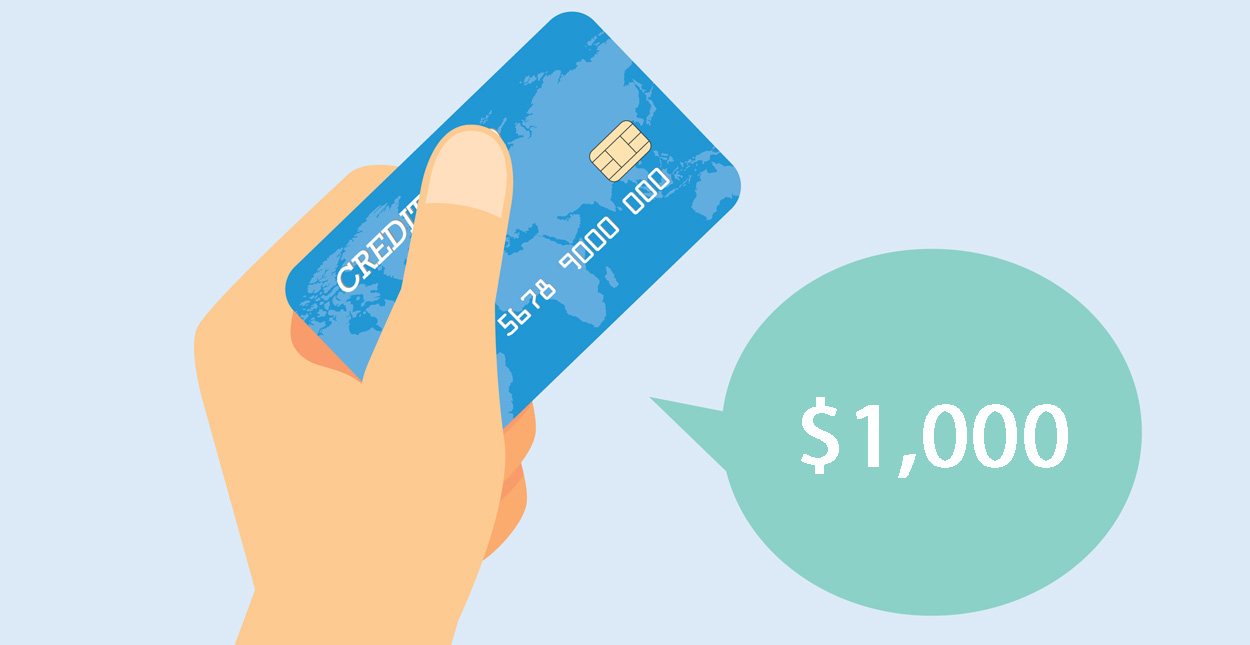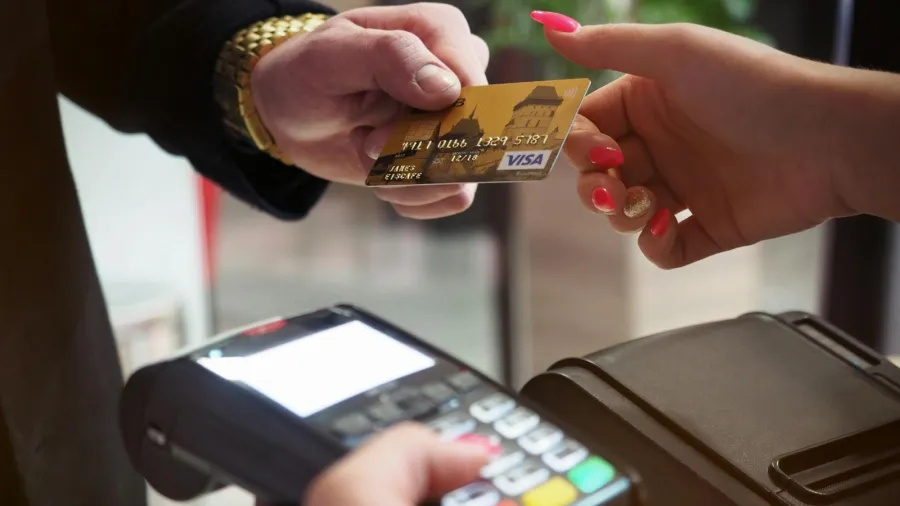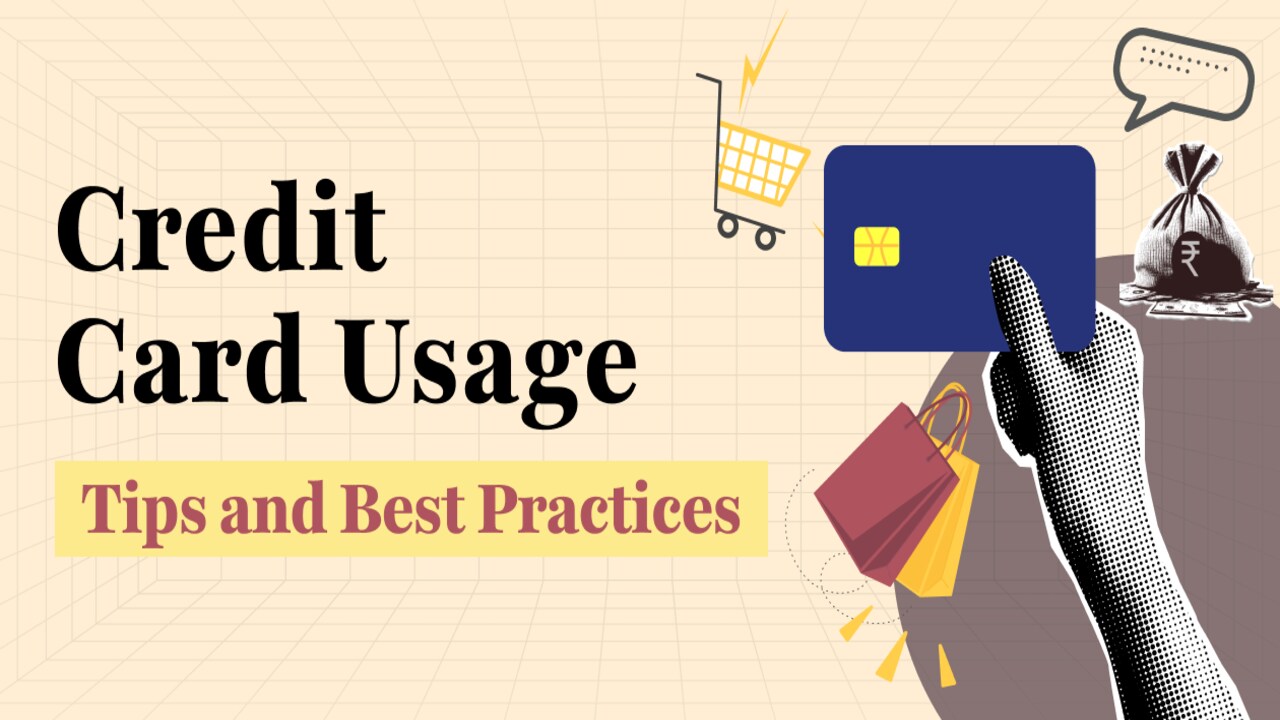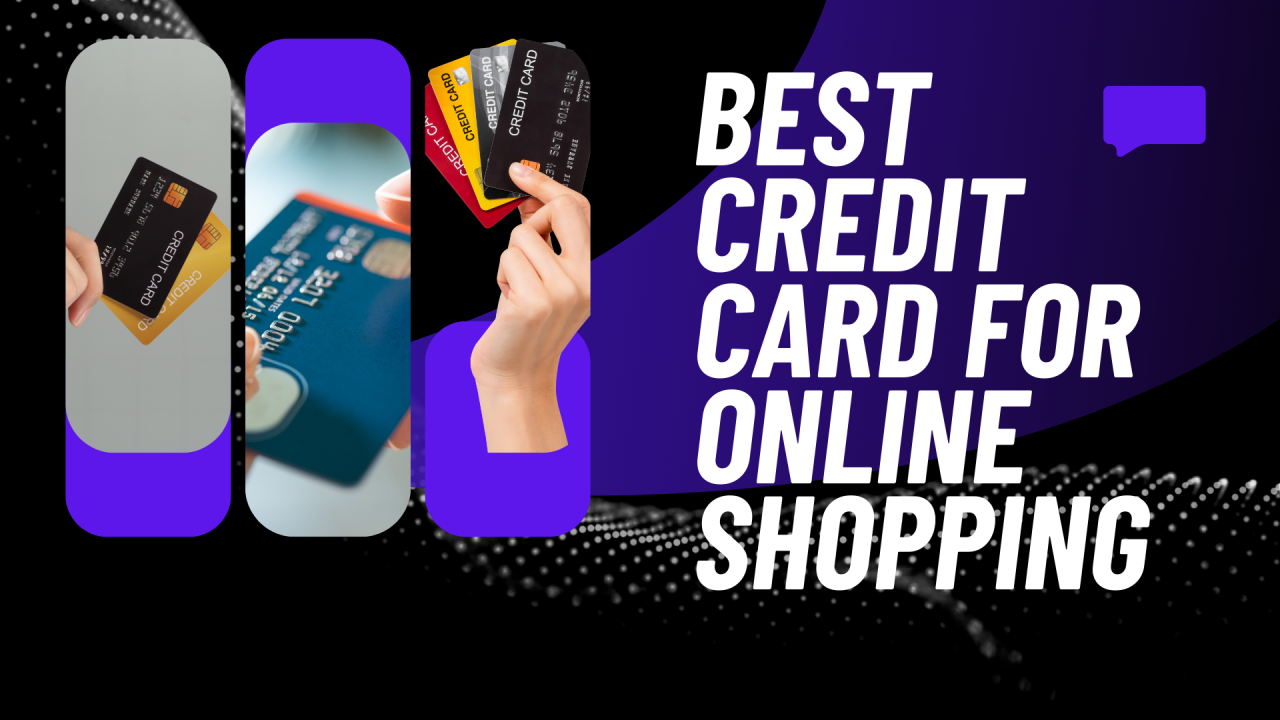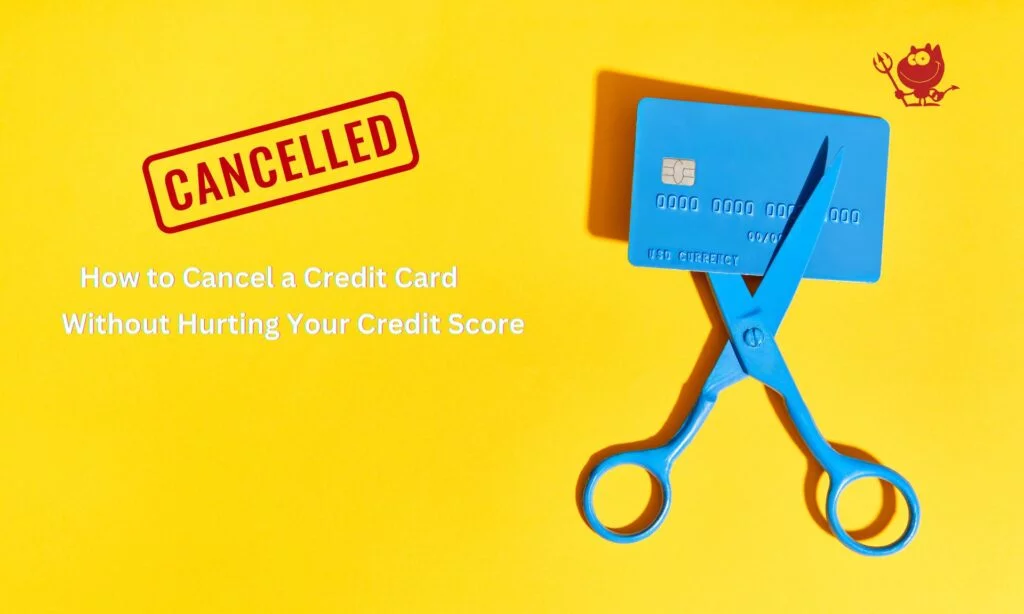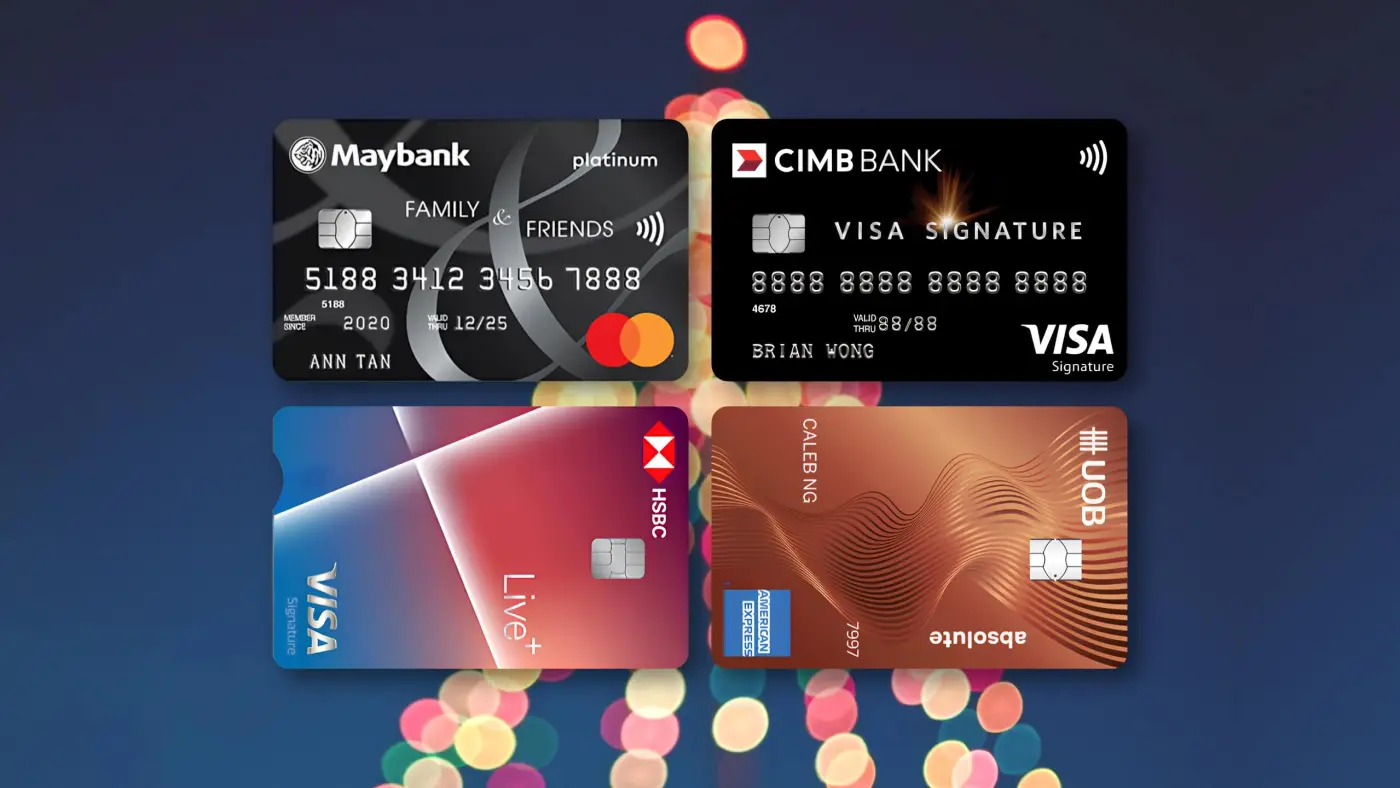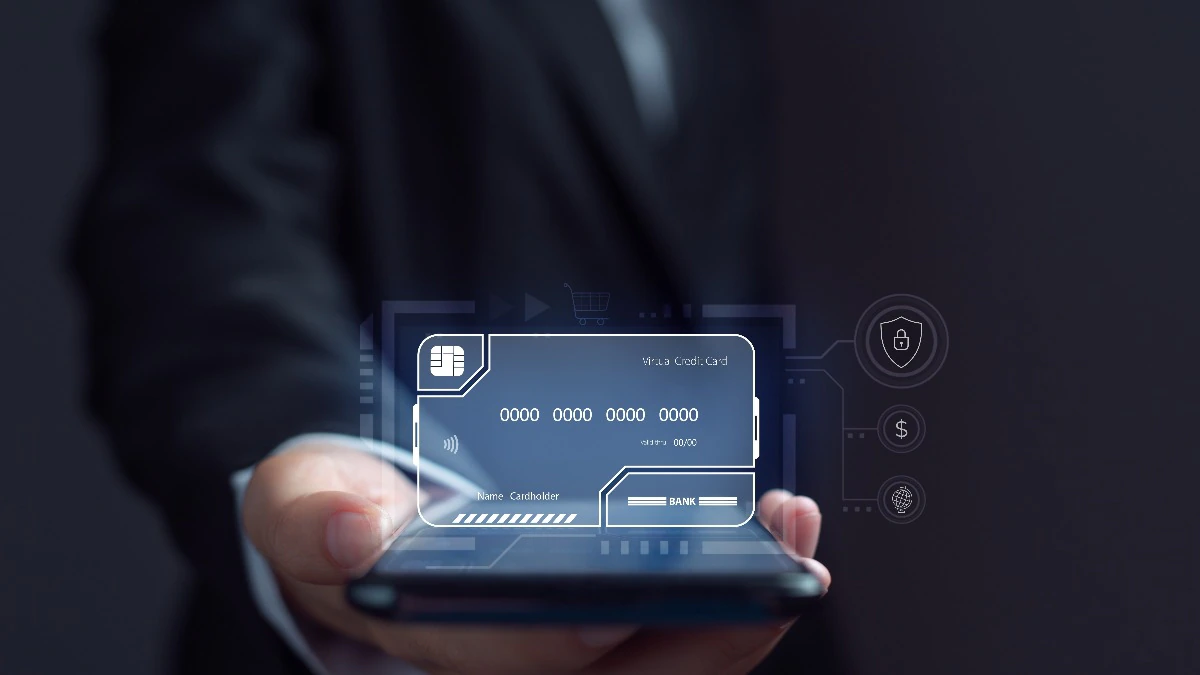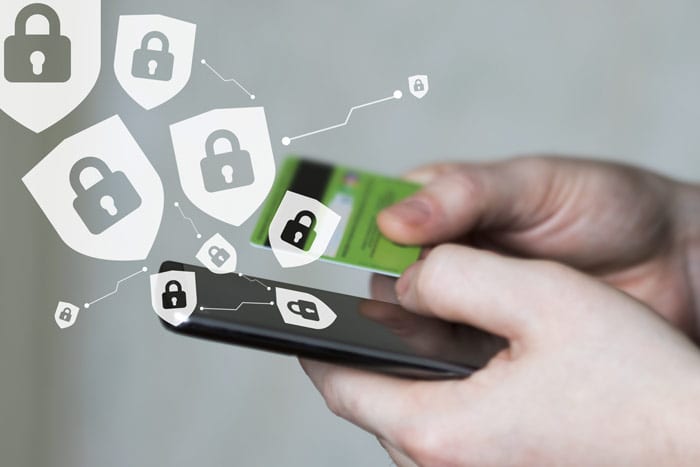Credit card debt can be a heavy burden, creating a cycle of high-interest payments that feels impossible to escape. The stress of watching your balance grow, even as you make monthly payments, can be overwhelming. However, becoming debt-free is not an insurmountable goal; it is a strategic journey that requires discipline, a clear plan, and the right tools. This comprehensive guide will outline the fastest and most effective methods to pay off your credit card debt, providing you with a step-by-step roadmap to financial freedom and peace of mind.
Step 1: Understand Your Debt and Stop the Cycle
Before you can tackle your debt, you must first understand it and, most importantly, stop the bleeding. The first step is to halt all new spending on your credit cards.
Tallying Your Total Debt and Interest Rates
The first and most crucial step is to get a complete picture of your debt. Gather all your credit card statements and list every card you have, its current balance, and its Annual Percentage Rate (APR). This simple act of tallying your debt will not only clarify the scope of the problem but will also be essential for choosing the right repayment strategy. The card with the highest APR is your most costly debt, and it’s where you should focus your initial energy.
Halting New Spending on Cards
To truly get out of debt, you must stop accumulating new debt. Put your credit cards in a safe place, or even freeze them in a block of ice, to remove the temptation to use them. For now, rely on cash or a debit card for all your purchases. This is a critical step that will prevent you from making a hole bigger while you are trying to fill it.

Creating a Realistic Budget
A budget is the foundation of any successful debt repayment plan. Analyze your income and all your expenses, from rent and groceries to subscriptions and entertainment. Identify areas where you can cut back, such as dining out less, canceling unused subscriptions, or reducing non-essential spending. The money you free up from your budget will be the fuel for your debt repayment journey.
Step 2: Choose Your Debt Repayment Strategy
There are two primary, proven methods for paying off credit card debt. Both are effective, but they appeal to different psychological and financial profiles.
The Debt Avalanche Method
The Debt Avalanche Method is a purely mathematical approach that saves you the most money in the long run. With this method, you focus on paying off the card with the highest interest rate first, while making minimum payments on all other cards. Once the highest-rate card is paid off, you take the money you were paying on it and “avalanche” it onto the next highest-rate card. This method is the most financially efficient because it minimizes the total amount of interest you pay.
The Debt Snowball Method
The Debt Snowball Method, popularized by financial expert Dave Ramsey, is a psychological approach that provides a strong sense of momentum. With this method, you focus on paying off the card with the smallest balance first, while making minimum payments on all other cards. Once the smallest balance is paid off, you use the money you were paying on it to “snowball” onto the next smallest balance. While this method may not save you the most money in interest, the quick wins of paying off a small balance can provide a powerful psychological boost, keeping you motivated to continue the journey.
A Mathematical Comparison of Avalanche vs. Snowball
Let’s say you have two cards: Card A with a $1,000 balance and a 20% APR, and Card B with a $5,000 balance and a 15% APR.
- Avalanche Method: You would focus on paying off Card A (20% APR) first, as it is the most costly. This will save you more money in interest.
- Snowball Method: You would focus on paying off Card A ($1,000 balance) first, as it is the smallest balance. This will give you the psychological win of paying off a card quickly.
The best method for you depends on whether you are motivated by numbers (Avalanche) or by quick wins (Snowball).
Step 3: Implement Strategic Financial Tools
Once you have a budget and a repayment strategy, there are several powerful financial tools you can use to accelerate your debt repayment.
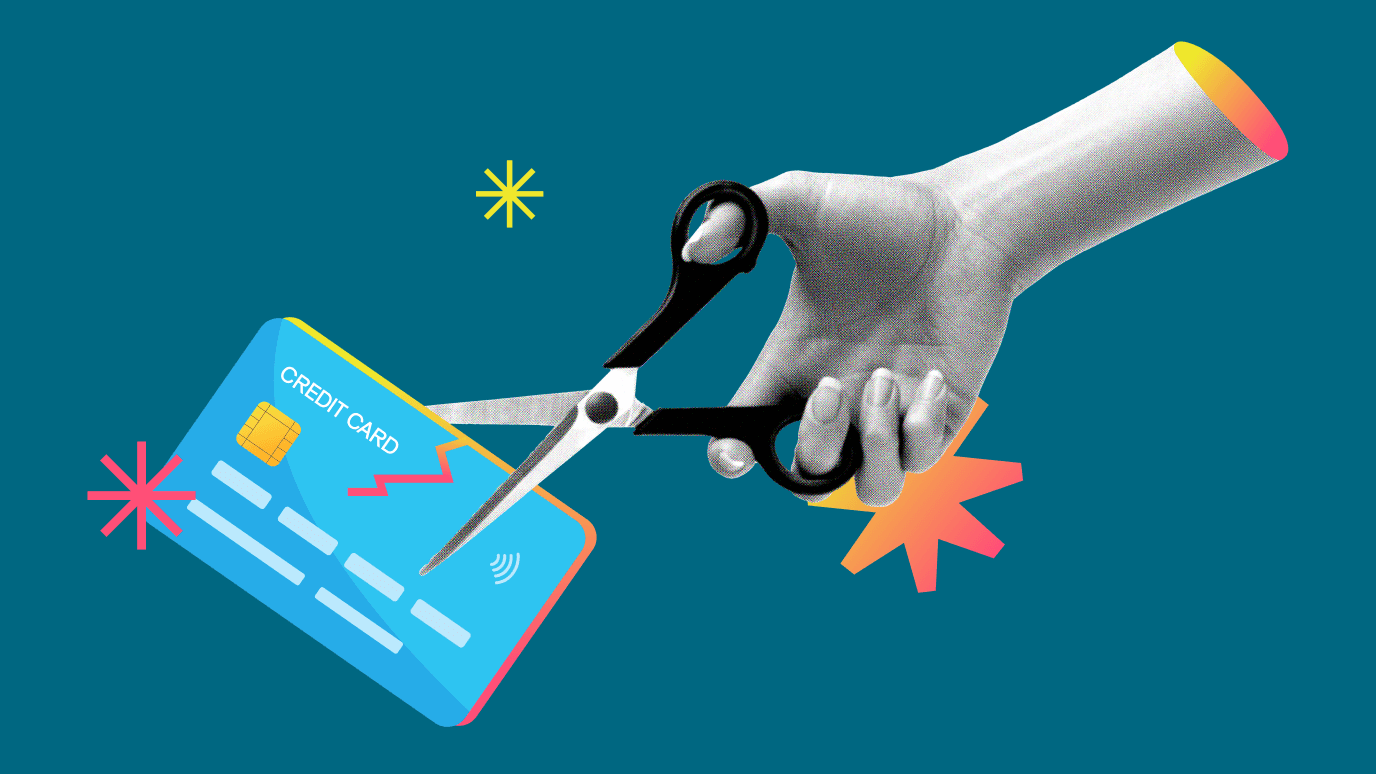
The Power of a Balance Transfer Card
A balance transfer credit card is one of the most effective tools for paying off credit card debt. Many of these cards offer an introductory 0% APR for a fixed period (e.g., 12 to 21 months) on transferred balances. This allows you to move your high-interest debt onto a new card and pay it down without the burden of interest charges. However, you must be aware of the balance transfer fee, which is typically a percentage of the transferred amount, and you must have a disciplined plan to pay off the balance before the introductory period ends.
Consolidating Debt with a Personal Loan
If you have a large amount of credit card debt, a debt consolidation personal loan may be a good option. You take out a single personal loan with a lower, fixed interest rate and use the funds to pay off all your credit card balances. This simplifies your debt into a single monthly payment and can save you a significant amount of money in interest.
Working with a Non-Profit Credit Counseling Agency
If your debt feels overwhelming, a non-profit credit counseling agency can be a great resource. These agencies can help you create a debt management plan, negotiate with creditors to lower your interest rates, and provide you with a structured, single monthly payment to pay off your debt.
Step 4: Maximize Your Income and Repayments
The final step in your debt repayment journey is to find extra money to throw at your debt.
Earning Extra Income (Side Hustles)
Look for opportunities to earn extra money, such as a side hustle, freelance work, or part-time jobs. Every extra dollar you earn can be used to accelerate your debt repayment.
Cutting Expenses Aggressively
Review your budget again and look for even more areas to cut back. This might include a temporary stop on all non-essential spending, such as travel, dining out, and entertainment.
Making Extra Payments
Even small, extra payments can make a big difference. Any time you have a little extra cash, such as from a bonus or a tax refund, throw it at your debt.
Final Conclusion: Discipline and Perseverance Pay Off
Paying off credit card debt is a marathon, not a sprint. It requires discipline, a clear strategy, and the perseverance to stick with your plan even when it gets tough. By understanding your debt, choosing the right repayment strategy, using powerful financial tools, and maximizing your income, you can turn a mountain of debt into a stepping stone to a healthier financial future. The journey to becoming debt-free is not easy, but the peace of mind and financial freedom you will gain are well worth the effort.
